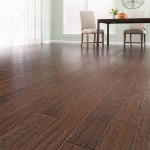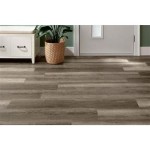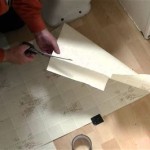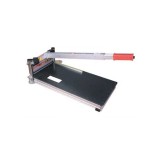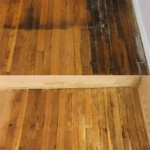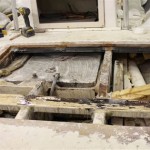Essential Aspects of Latex Based Prefinished Wood Flooring Gap Filler
Maintaining the pristine condition of prefinished wood flooring is crucial for its longevity and aesthetics. Gap fillers play a pivotal role in achieving a seamless and professional-looking finish by concealing unsightly gaps between the planks. Among the various options available, latex-based prefinished wood flooring gap filler stands out for its unique properties and ease of use.
Advantages of Latex-Based Gap Filler
Latex-based gap fillers offer several advantages over other types of gap fillers:
- Water-based: Latex gap fillers are water-based, making them easy to clean up and environmentally friendly.
- Flexibility: Latex creates a flexible seal that can withstand the natural expansion and contraction of wood flooring.
- Durability: The latex-based formula provides long-lasting durability, ensuring the gap filler does not crack or peel over time.
Choosing the Right Gap Filler
When selecting a latex-based gap filler, consider the following factors:
- Color: Choose a gap filler that closely matches the color of your flooring to ensure an invisible finish.
- Type of flooring: Different gap fillers are formulated for specific types of wood flooring, such as engineered or solid hardwood.
- Size of gaps: Gap fillers are available in different sizes to accommodate varying gaps between planks.
Application Process
Applying latex-based gap filler is a straightforward process:
- Clean the gaps: Remove any debris or dirt from the gaps using a vacuum cleaner or damp cloth.
- Apply the gap filler: Using a dedicated application tool or putty knife, apply the gap filler into the gaps. Press firmly to ensure a snug fit.
- Remove excess: Once the gaps are filled, use a wet cloth or plastic scraper to remove any excess gap filler that may have spilled onto the surface.
- Allow to dry: Allow the gap filler to dry completely as per the manufacturer's instructions.
Maintenance Tips
To maintain the integrity of the gap filler and prolong its lifespan, follow these tips:
- Vacuum or sweep regularly: Prevent dirt and debris from accumulating in the gaps.
- Use a furniture slider: Protect the gap filler from scratches or indentations by using furniture sliders under heavy furniture legs.
- Avoid excessive moisture: Avoid spilling liquids or placing wet objects directly on the flooring where the gap filler is applied.
Conclusion
Latex-based prefinished wood flooring gap filler is an effective and long-lasting solution for concealing gaps and enhancing the overall appearance of your flooring. By carefully selecting the appropriate gap filler and following the correct application and maintenance techniques, you can ensure a beautiful and seamless floor that will stand the test of time.

The Fundamentals Of Sanding Wood Floors Part 4 Filling And Fine Hardwood

Wood Flooring Filler Explained Centre

How To Choose The Best Wood Filler For Floors An Overview

The Art Of Gap Filling Blending Tradition And Innovation For Seamless Wood Floors Sanding

3 Simple Ways To Fill In Gaps Wooden Floors Wikihow

How To Choose The Best Wood Filler For Floors An Overview

Tips From Wood Floor Pros How To Fill Gaps In Your Hardwood Floors Artisan Llc

Tips From Wood Floor Pros How To Fill Gaps In Your Hardwood Floors Artisan Llc

Wood Flooring Filler Explained Centre

3 Simple Ways To Fill In Gaps Wooden Floors Wikihow
Related Posts

